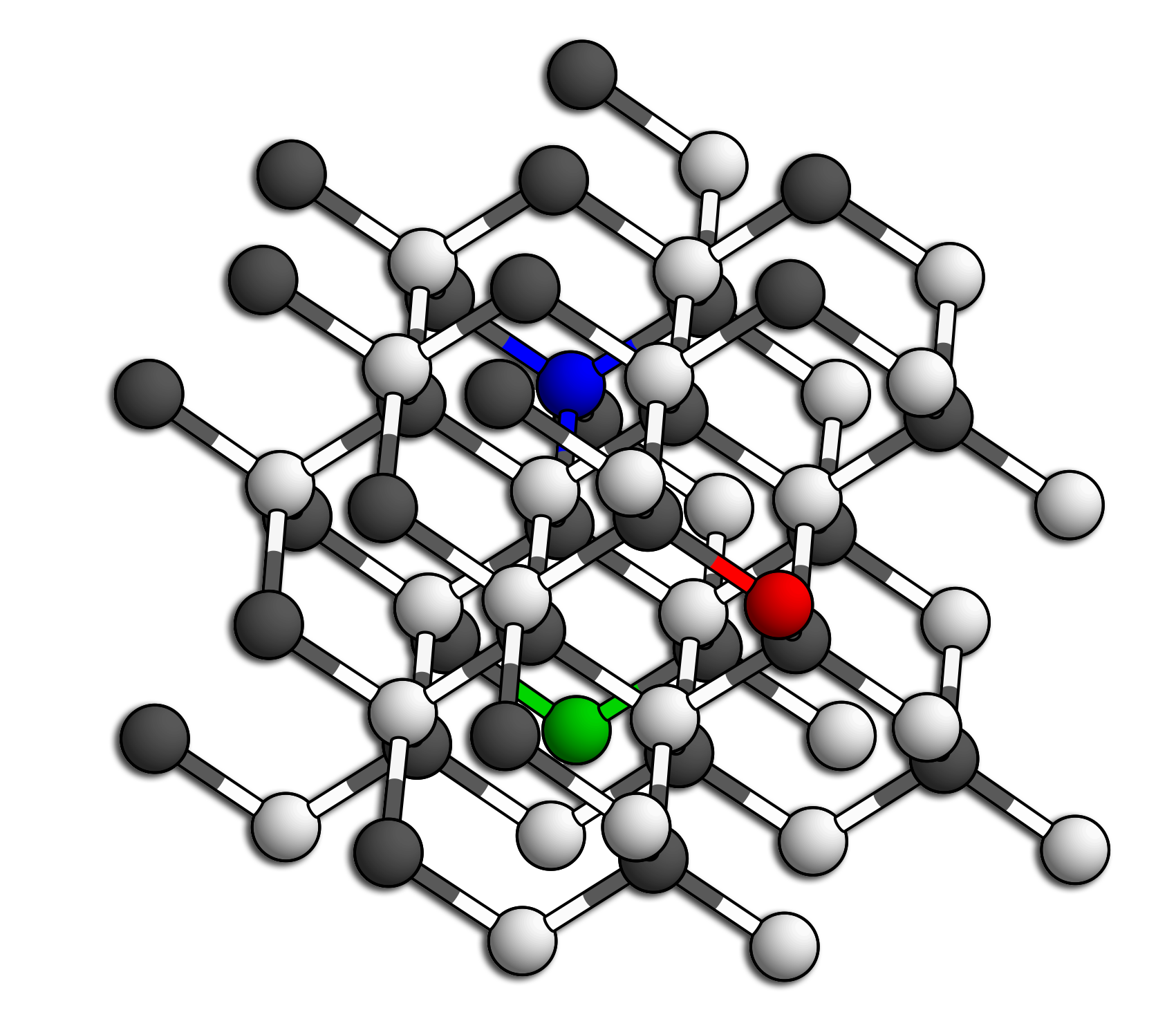Point and extended defects
Incorporating a small amount of foreign atoms in a crystal is a procedure commonly referred to as crystal doping. The foreign atoms form structural defects in the host lattice, which together with intrinsic defects strongly influence the material properties. Both point defects (substitutionals, interstitial, vacancies) as well as extended defects (stacking faults, dislocations, grain boundaries) are a hot topic in basic and applied physics. Indeed, with an appropriate doping the electronic, magnetic, optic and mechanical properties of crystals can be tuned. Thereby theoretical models can be used both to explain the mechanisms inducing the desired modification as well as to predict the effect of a given defect. Structural, vibrational and electronic properties of the defect centers as well as their influence on the electrical, optical and photorefractive properties of the host are efficiently modeled from first-principles. Point and extended defects, in particular rare earth point defects in nitrides and (intrinsic or extrinsic) defects in LiNbO3 are currently investigated in our research group.

